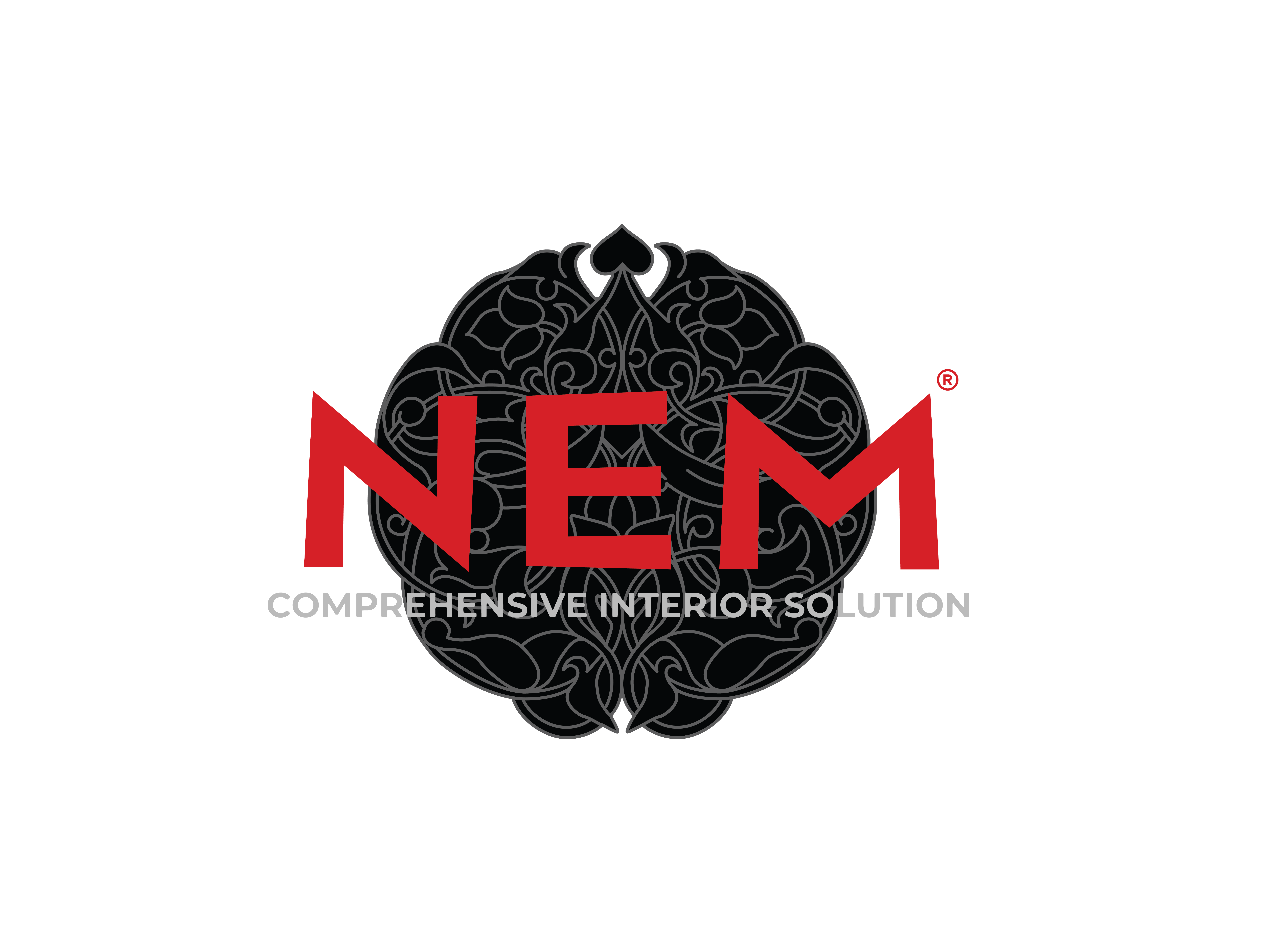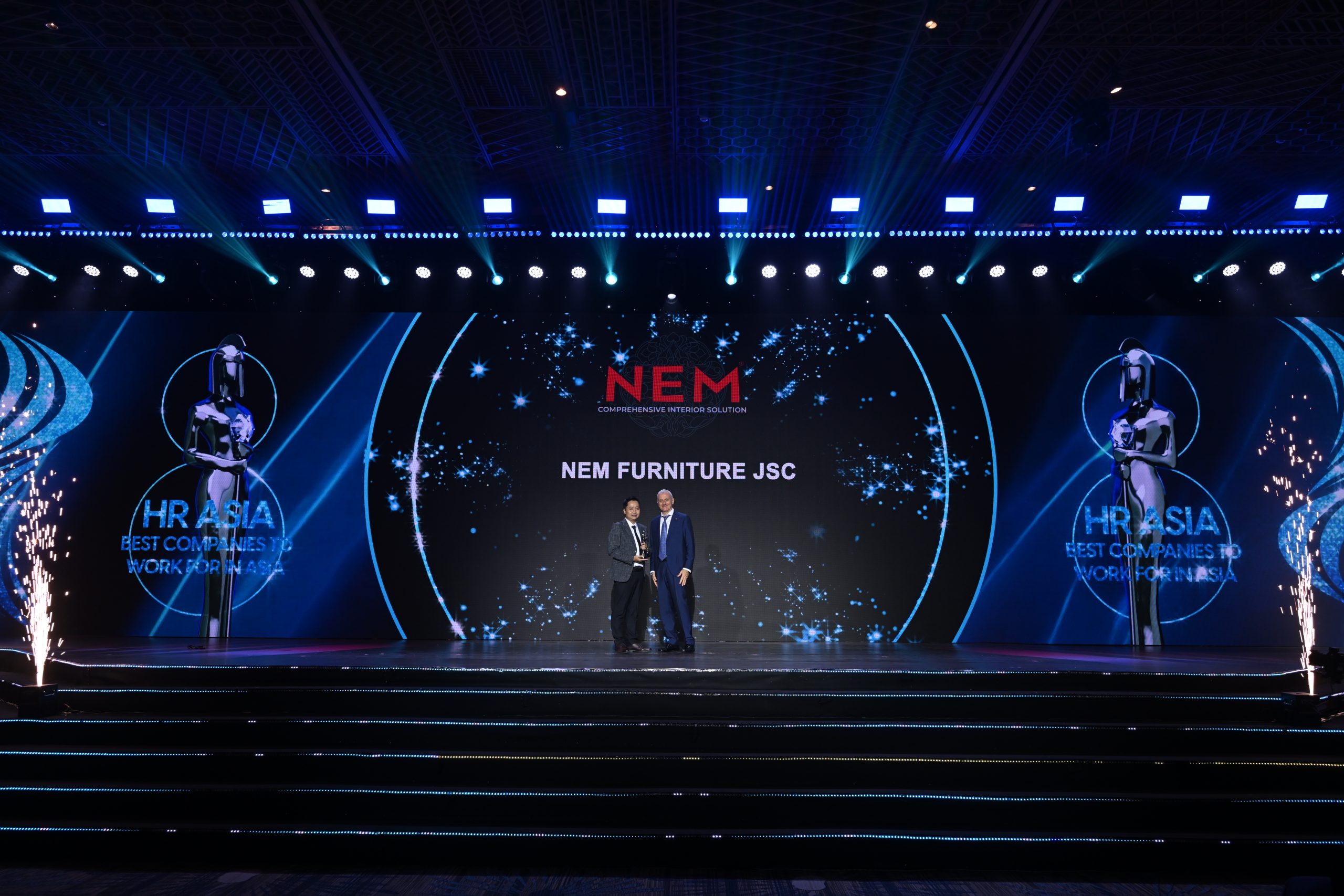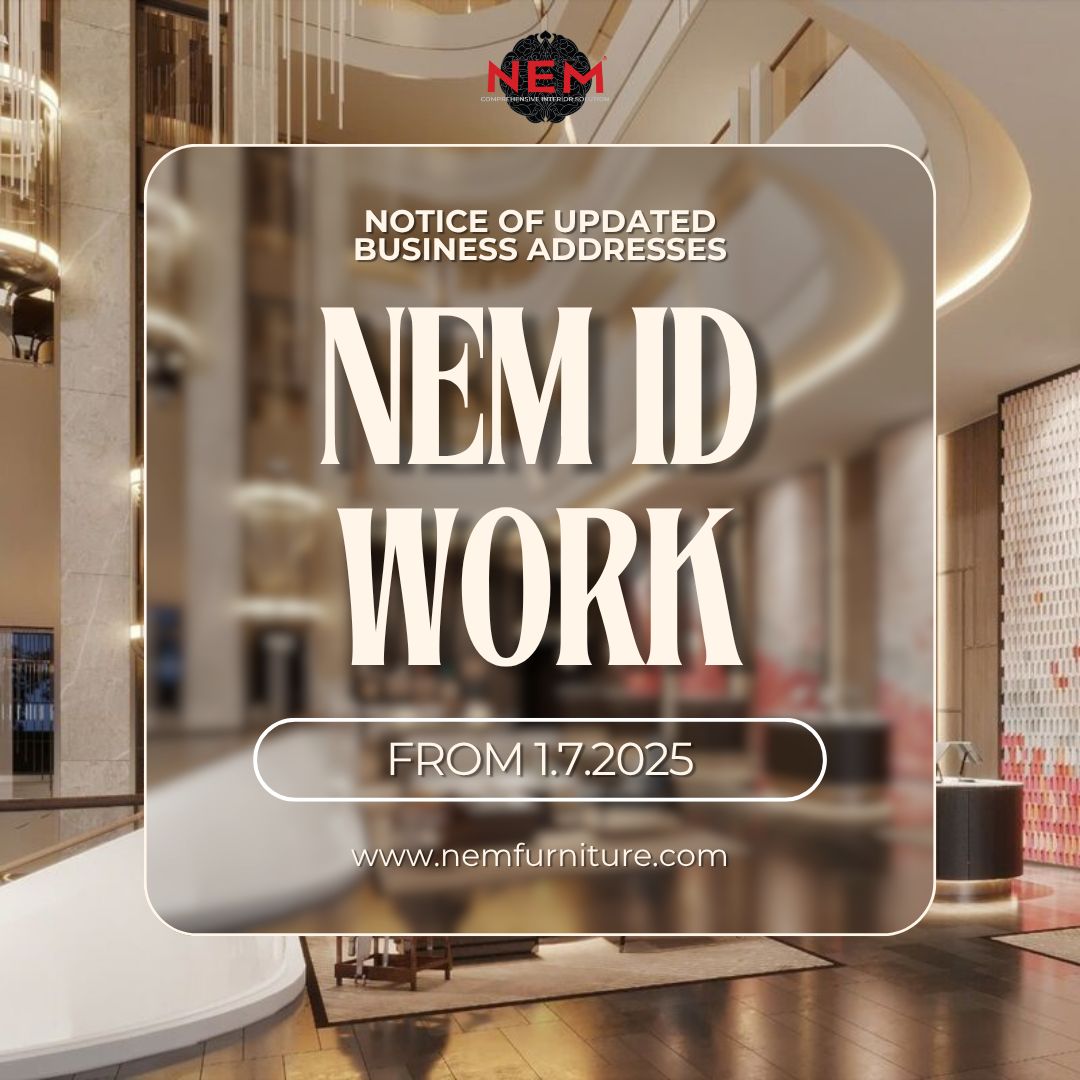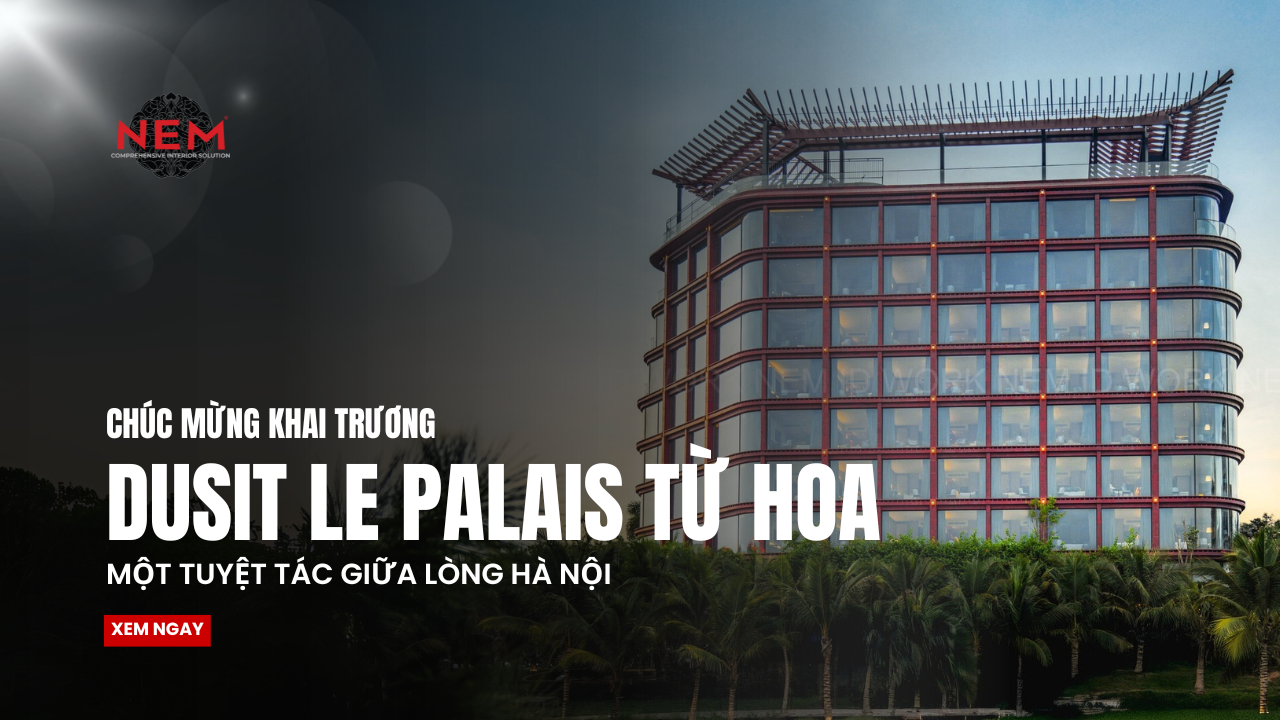In the field of hotel interior construction, there exists a critical “blind spot” that most contractors encounter but rarely identify clearly: the mismatch between design drawings and the Bill of Quantities (BOQ).
Design drawings are about visuals, ideas, and creativity, while the BOQ represents numbers, measurements, and budgeting. When these two components fail to communicate clearly and accurately, the result is often a project lacking technical details, excess or insufficient materials, or an outcome that cannot match the original design intent. These issues may seem minor individually, but collectively, they lead to significant waste of time, costs, and can damage a company’s credibility.
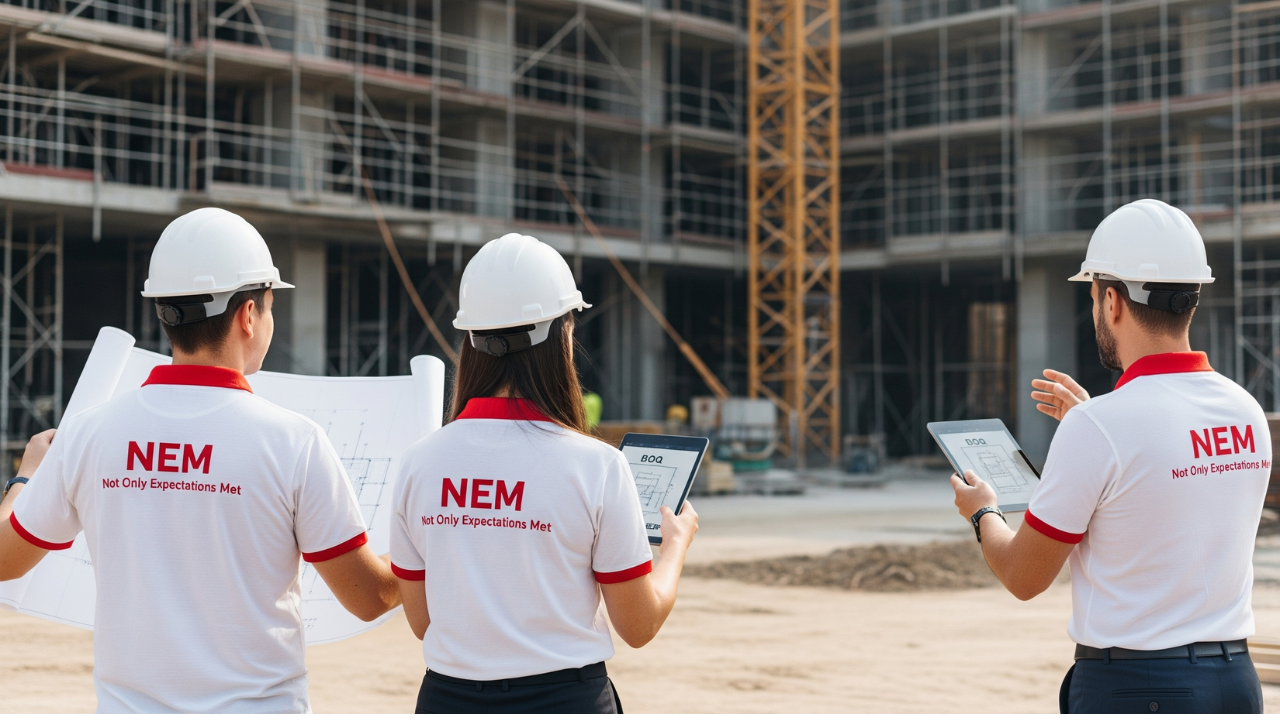
Root Causes of the Design–Execution Blind Spot
The lack of coordination between the design team and the BOQ preparers is one of the most common causes of the gap between concept and practical execution. While drawings focus on layout and aesthetics, the BOQ emphasizes budget forecasting. Without a robust cross-checking mechanism, the disconnect can easily snowball into costly mistakes. When design drawings and BOQ are not aligned, a project may encounter:
- Missing technical details that hinder construction.
- Excess or insufficient materials causing waste or delays.
- Increased costs and extended timelines.
- Damaged trust with investors and partners.
The Solution: “Intersection Tracking” – NEM’s Integrated Control Method
At NEM, we don’t simply revise individual documents. We apply a holistic method called “intersection tracking” — a proactive process that treats the drawings and BOQ as parts of a unified ecosystem
- Each technical detail must be matched with verifiable data.
- Every figure in the BOQ must reflect real-world execution capability.
- Architects, Quantity Surveyors (QS), and construction teams collaborate using a concentric model instead of working in a traditional sequence..
Benefits of Eliminating the Drawing–BOQ Blind Spot
Implementing intersection tracking helps not only to resolve immediate obstacles but also to build a long-term, professional project management system. Specifically, businesses can achieve:
- Shorter response times to construction issues.
- Reduced financial risks and estimation errors.
- Quality assurance in line with design expectations.
- Greater transparency and trust with clients.
Hotel interior construction is not just about aesthetics or budgeting — it’s about merging both to deliver a solid, beautiful, and executable result. Eliminating the blind spot between drawings and BOQ is the first step toward a smarter, more efficient, and more reliable construction system.



